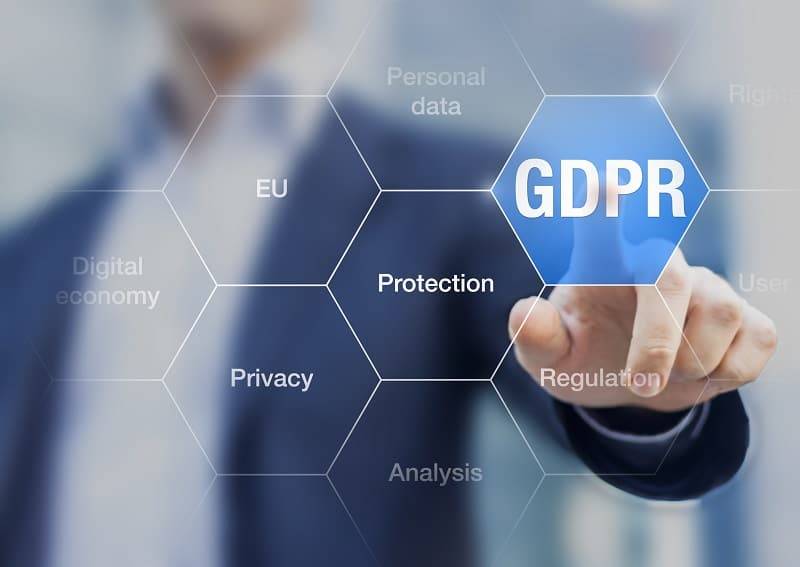Checklist: How to identify a phishing email
by Conosco on Aug 29, 2016

Did you know that email is the number one way that business networks are compromised?
Results from a recent survey we conducted revealed that only 6% of survey respondents were able to accurately identify a phishing email from a real email.
So how can you avoid taking the email phishing bait? If you are sent an email that starts setting off your internal scam warning, use the checklist below to see if you should delete upon receipt.
Warning signs to help you identify a phishing email
- You don’t know why you received the email
- There’s a link to a login page – with multiple requests to click on the link*
- The email asks for a login, personal or financial information**
- The email contains typos or poor grammar
- The graphics (logos etc.) are low resolution
- The email doesn’t know your name, and uses a generic salutation
- The email evokes a sense of urgency
- You’re asked for a password
- There’s an attachment you’re not expecting
- You don’t recognise the file format of an attachment
*Is the link legit?
- Hover your mouse over any links embedded in the body of the email. If the link address looks odd, don’t click on it.
- If the link address doesn’t start with ‘https’ or if the domain name doesn’t match the company name, delete the email.
**Personal details and logins
- Even if an email does know your name, that doesn’t necessarily make it safe. These days, big user database hacks are getting names as well as emails
- DO NOT login or enter details on the first page you go to: browse a few pages on the ‘site’ before logging in.
And if you think there’s room to improve the security of your network, get in touch with our team here.
Another tool that you may find helpful is this infographic –
The Ultimate Guide to Cybersecurity for Employees

You May Also Like
These Related Stories
Email Scams, Can You spot the real email from the fake
We recently published a survey to find out how many of you could spot the real email from the fake. How did you do?

Ways to kick start cyber security in your small business
There is a general mindset that small business is not the ideal target for hackers, but this is far from the truth. Surv …

Three things we’ve learned about the GDPR
Since the introduction of the General Data Protection Regulation (GDPR) on 25th May 2018, we’ve seen it progress from fi …
